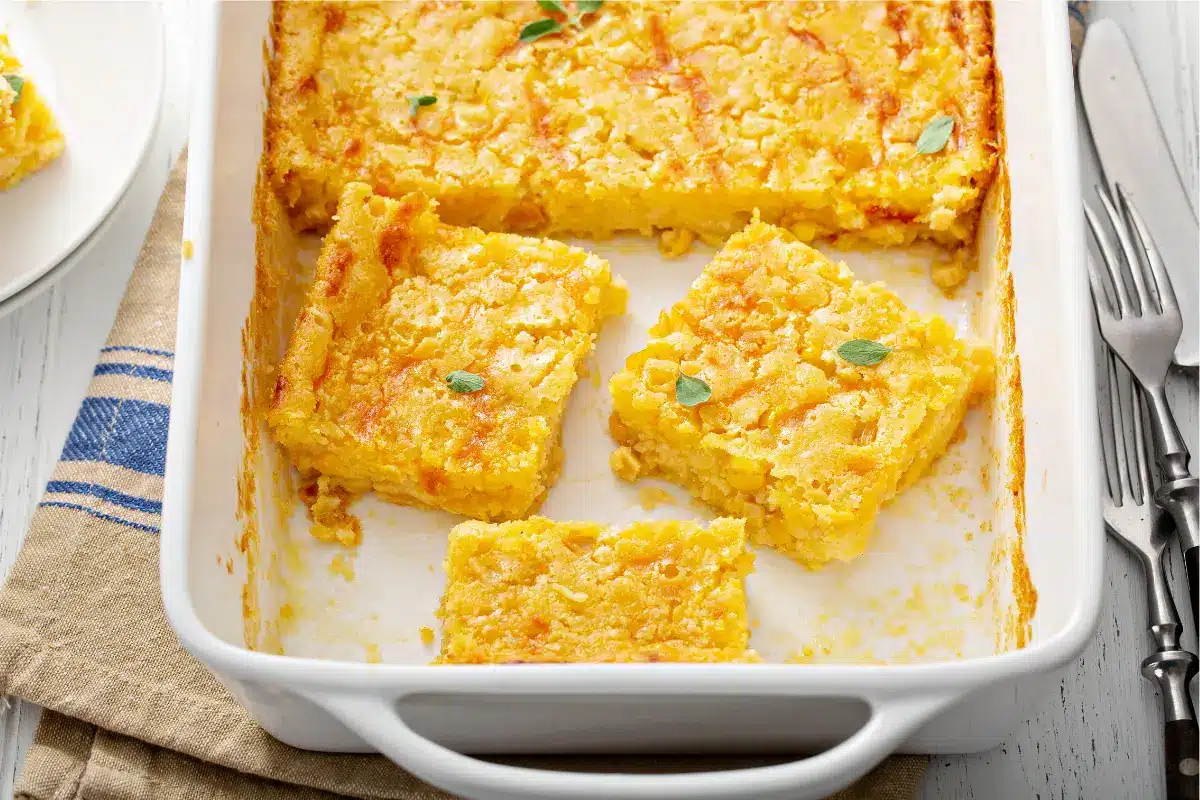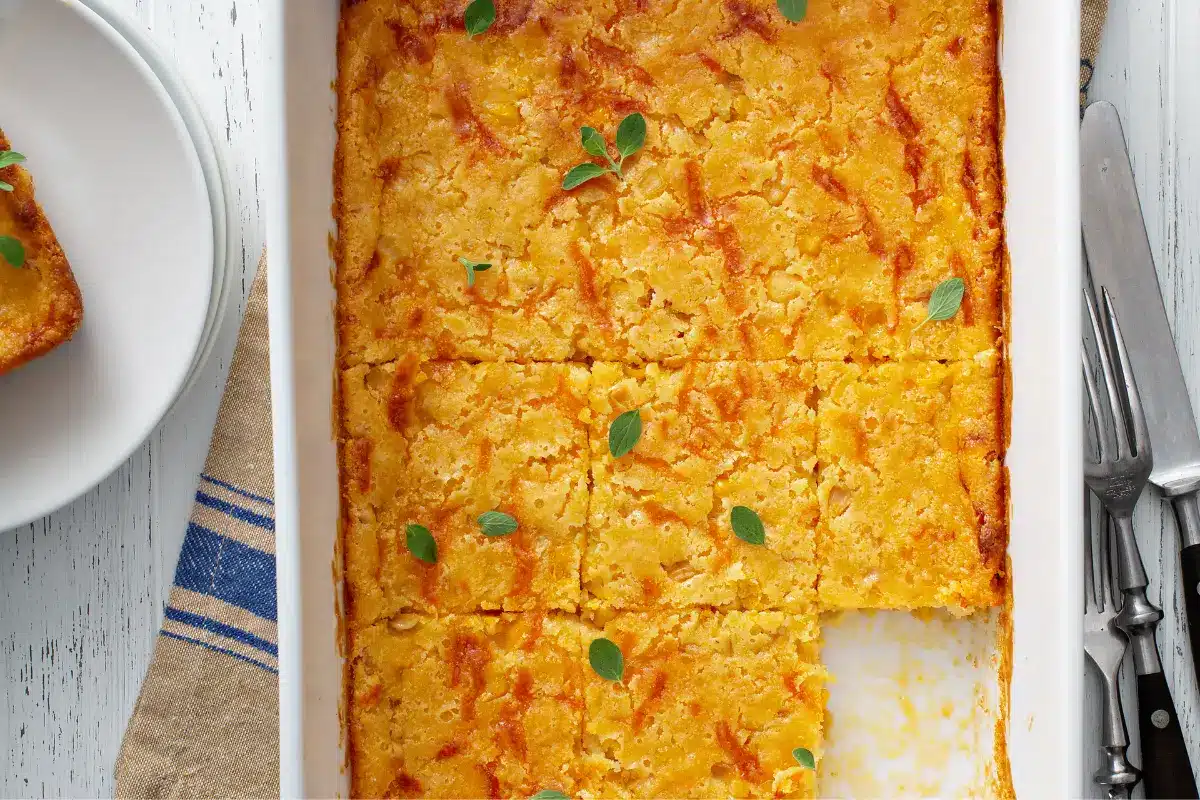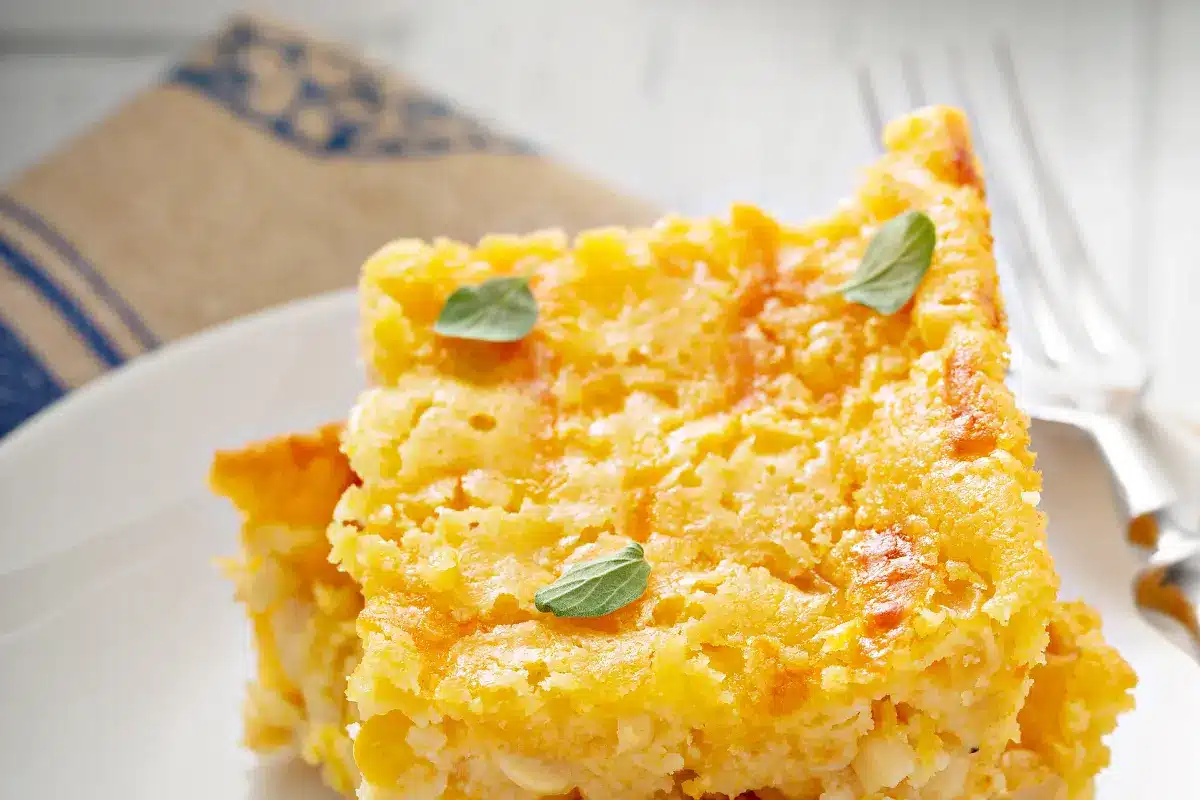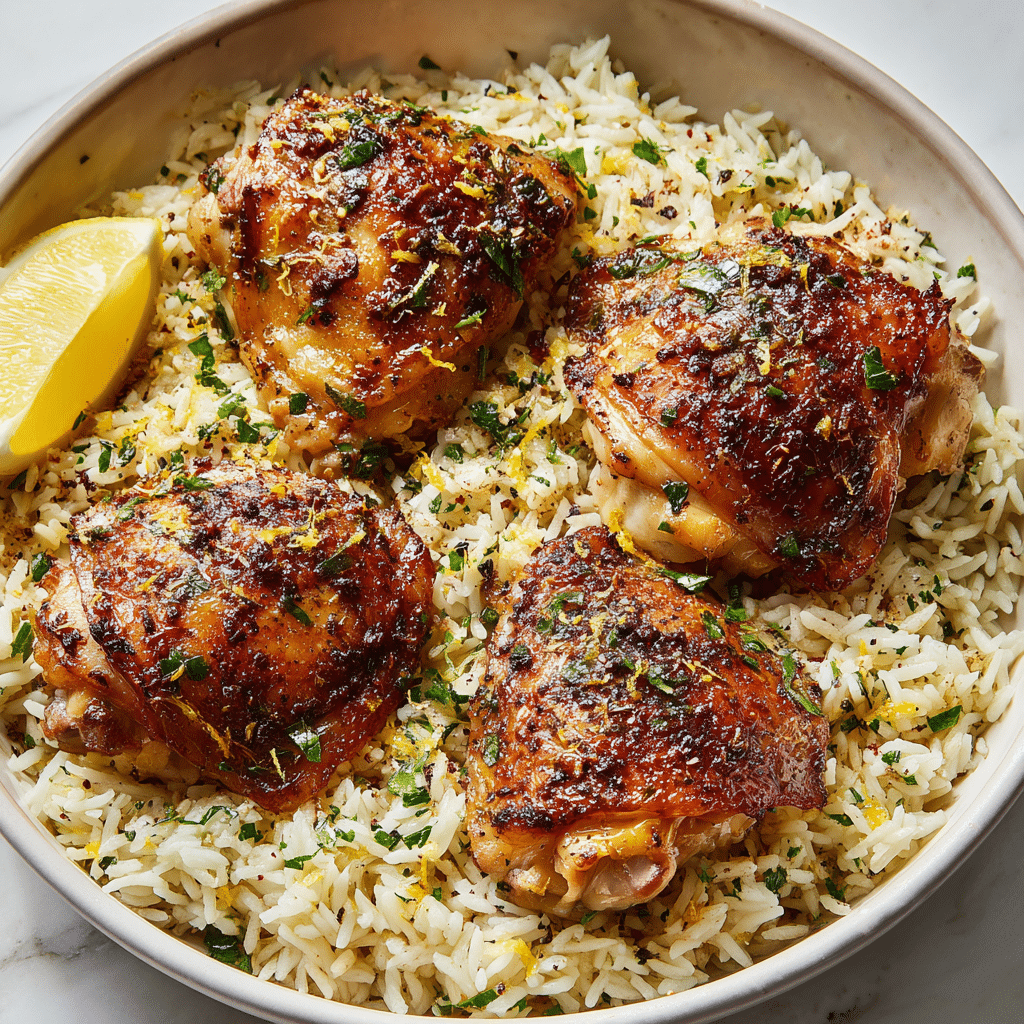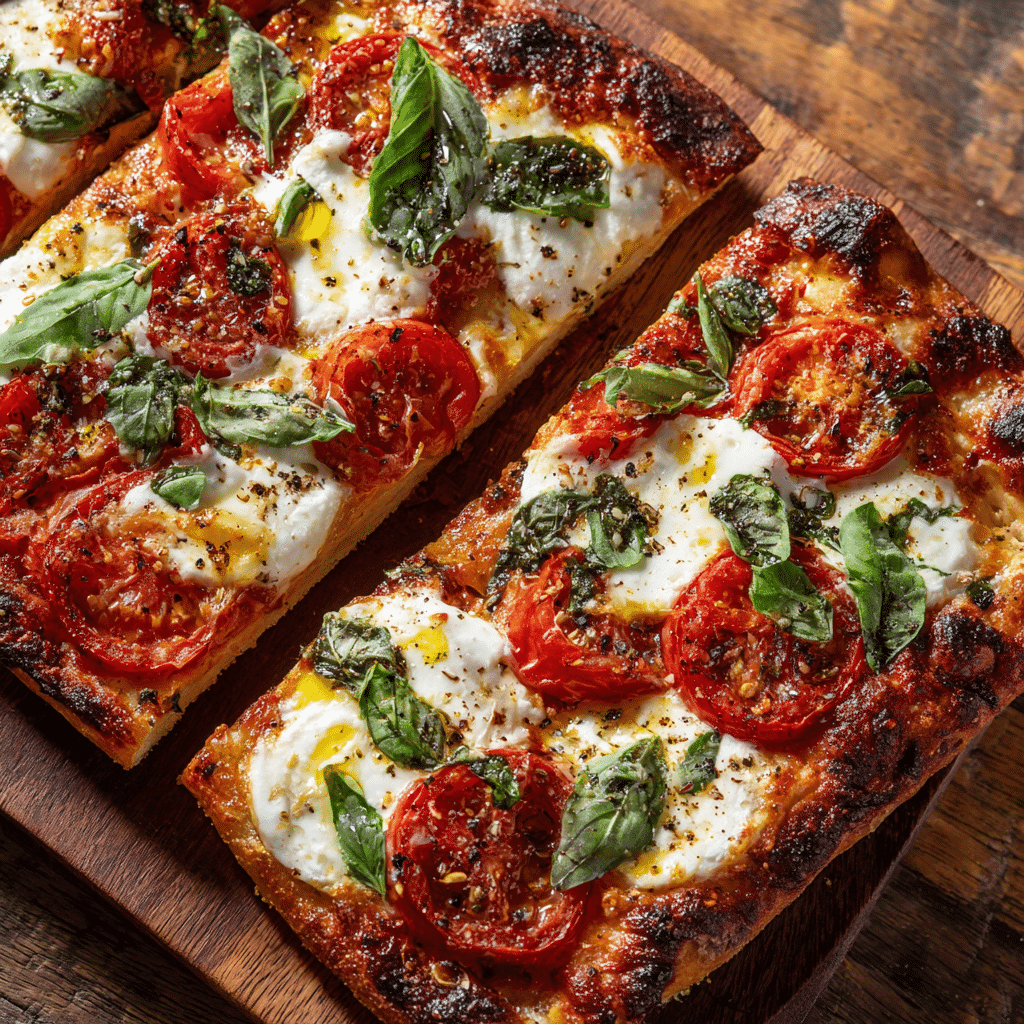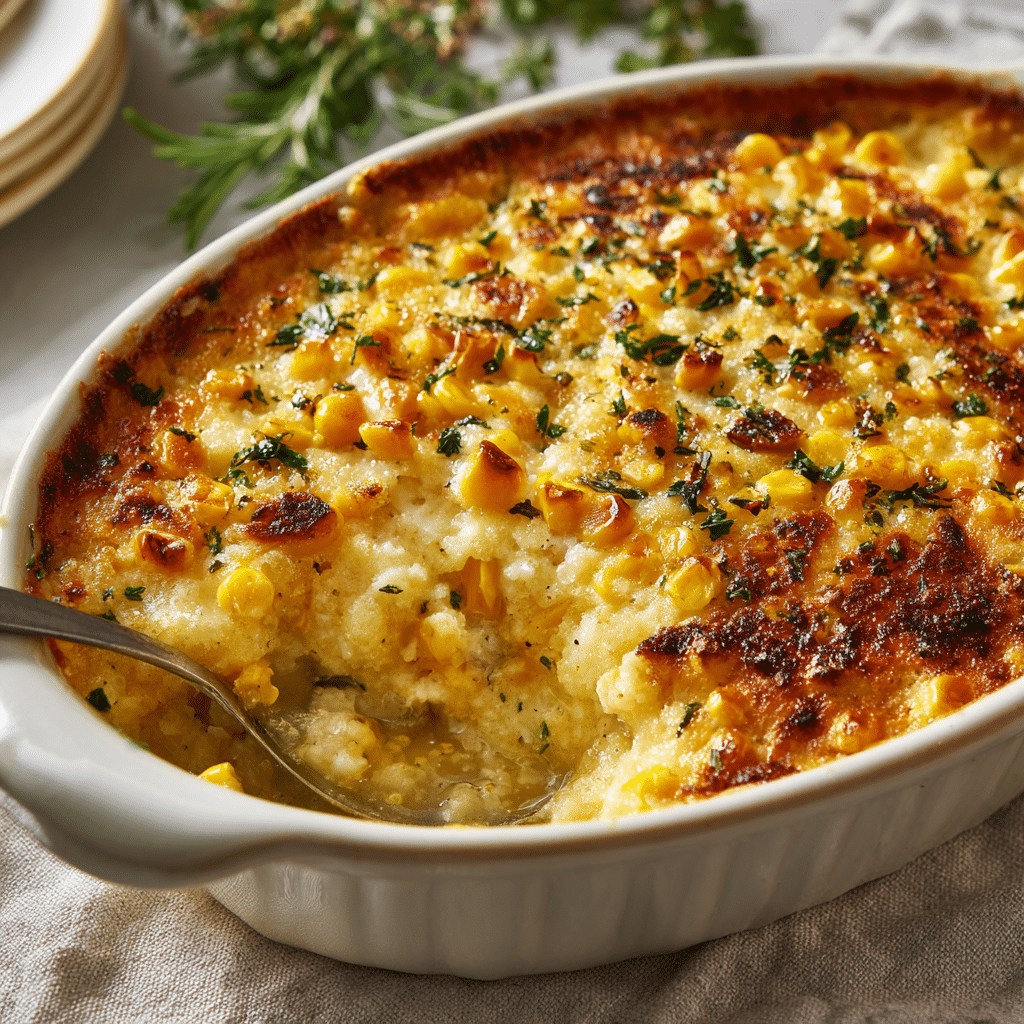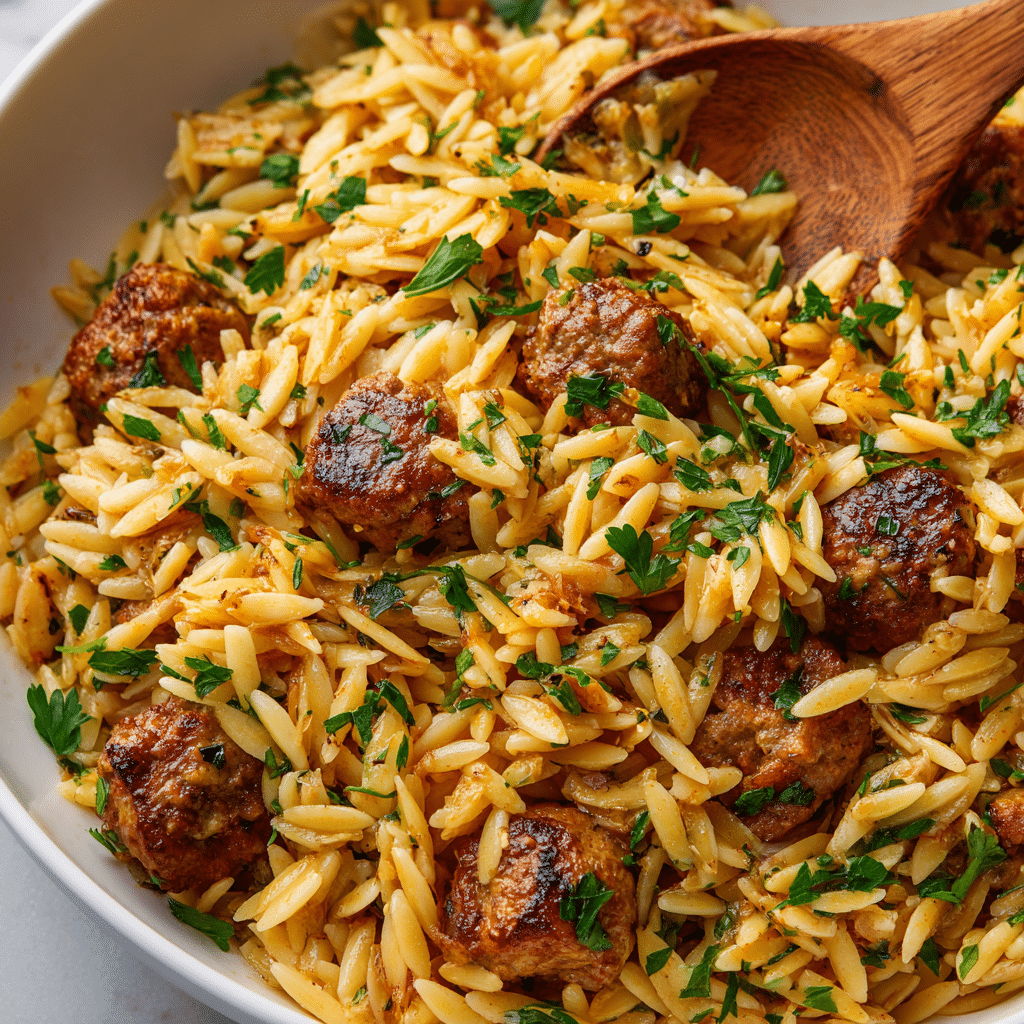Welcome to the ultimate guide to making the perfect Cornbread Casserole! This comfort food classic, beloved for its creamy texture and savory sweetness, is a staple at gatherings and a versatile side dish that pairs beautifully with a plethora of main courses. In this comprehensive article, we’ll walk you through everything you need to know to whip up this delicious dish, from the essential ingredients and equipment to step-by-step instructions, storage tips, and FAQs. Get ready to impress your friends and family with a cornbread casserole that’s bound to become a new favorite!
A Brief Stroll Through History
Cornbread Casserole isn’t just food; it’s a slice of culinary history, a dish that has graced tables for generations, evolving with time while maintaining its core identity. Originating from a blend of Native American and European cooking traditions, this casserole has become a cornerstone of family gatherings, holiday feasts, and everything in between.
Why It’s a Must-Try
The allure of Cornbread Casserole lies in its simplicity and the heartwarming satisfaction it delivers. Whether you’re looking for a cozy side to warm up your winter nights or a comforting addition to your summer barbecue lineup, this recipe fits the bill perfectly. Plus, its versatility means you can tailor it to your taste preferences, making it a personal reflection of your culinary style.
As we dive into this guide, we invite you to join us on a flavorful journey. Whether you’re a seasoned chef or a culinary newbie, there’s something in this guide for everyone. So, preheat your ovens, and let’s get started on this delicious adventure together. After all, good food is not just about the taste; it’s about the stories we create and share around the table.
Stay tuned as we delve into the essential ingredients and equipment needed to bring this savory masterpiece to life in the next section. Trust us, with a little love and the right techniques, you’re just steps away from creating a Cornbread Casserole that’s sure to dazzle and delight.
Step-by-Step Recipe Instructions Cornbread Casserole
Roll up your sleeves, because we’re diving into the heart of our Cornbread Casserole adventure. With just a few simple steps, you’ll transform basic ingredients into a dish that sings with flavor and comfort. Follow this foolproof guide to ensure your casserole turns out golden, fluffy, and irresistibly delicious every single time.
Preparing Your Cornbread Casserole
Directions:
- Preheat Your Oven: Start by preheating your oven to 350 degrees F (175 degrees C). This step ensures your casserole cooks evenly and acquires that beautiful golden crust.
- Mix the Ingredients: In a large bowl, whisk together the eggs, sour cream, melted butter, and sugar until you’ve got a smooth and creamy mixture. Ah, the beginnings of something magical! Now, gently fold in the cornbread mix, whole corn kernels, and creamed corn until everything is just combined. Resist the urge to overmix; we’re looking for harmony, not a battle of the bands.
- Pour into Baking Dish: Grease a 9×9-inch baking dish with a bit of butter or non-stick spray. Pour your mixture into the dish, spreading it evenly. Here’s where the magic starts to happen. As it bakes, the ingredients will meld together, creating a symphony of flavors.
- Bake to Perfection: Slide your dish into the preheated oven and bake for 55-60 minutes. You’ll know it’s ready when the top is golden and a toothpick inserted into the center comes out clean. The wait might be tough, but trust us, it’s worth it.
- Cool and Serve: Let the casserole cool for a few minutes before serving. This rest time allows the flavors to settle and the texture to firm up, making it easier to cut into those tempting squares.
Tips for the Perfect Casserole
- Don’t Skip the Rest: Letting the casserole sit for a few minutes after baking is crucial. It helps the inside stay moist while the outside gets that slightly crispy edge we all love.
- Experiment with Toppings: While delicious on its own, feel free to get creative with toppings. A sprinkle of shredded cheese or chopped herbs can add an extra layer of flavor.
- Making Ahead: If you’re pressed for time, you can mix the ingredients and store them in the fridge overnight. Just pop it in the oven when you’re ready to bake.
There you have it, folks – the simple steps to creating a Cornbread Casserole that’s sure to impress. Whether it’s a casual family dinner or a special holiday feast, this dish brings warmth, comfort, and a touch of nostalgia to any table. Stay tuned for our next section, where we’ll explore customizations and variations to make this recipe uniquely yours.
Recipe Variations and Tips
Diving into the world of Cornbread Casserole, you’ll quickly find that this dish is a canvas, waiting for your personal touch to bring it to life. Whether you lean towards the sweet side or crave something with a bit more kick, there’s room to play and experiment. Here are some variations and tips to make your casserole uniquely delicious.
Customizing Your Casserole
- Sweet vs. Savory Versions: The classic Cornbread Casserole walks a delightful line between sweet and savory. If you have a sweet tooth, consider adding a little extra sugar or a drizzle of honey over the top before baking. For a savory twist, mix in diced jalapeños, cheddar cheese, or even cooked bacon pieces to add depth and a punch of flavor.
- Add-ins and Substitutions: Don’t be shy about incorporating other ingredients into your casserole. Green onions, red peppers, or even a can of diced green chiles can add color and a burst of flavor. For a heartier version, consider stirring in cooked, crumbled sausage or chicken. The beauty of this dish lies in its versatility, so feel free to experiment with what you love.
Expert Tips for the Perfect Casserole
- Achieving Moisture Perfection: The key to a moist casserole lies in not overcooking it. Keep a keen eye on your oven and start checking for doneness around the 50-minute mark. Remember, a toothpick should come out clean, but the casserole should still have a slight jiggle to it.
- Let It Rest: After removing your casserole from the oven, giving it time to rest is crucial. This allows the casserole to set, making it easier to cut into perfect squares without falling apart.
- Storage Solutions: If you find yourself with leftovers, congratulations – you’ve got a delicious snack waiting for you! Store it in an airtight container in the fridge, and when you’re ready for round two, a quick zap in the microwave or a warm oven will bring it back to life.
By embracing these variations and tips, you’re not just making a Cornbread Casserole; you’re creating a masterpiece that reflects your personal taste and culinary creativity. Next up, we’ll delve into the nutritional information of this beloved dish, ensuring that everyone can enjoy its comforting embrace, regardless of dietary preferences. Stay tuned!
Nutritional Information Cornbread Casserole
In this section, we’ll shine a light on the nutritional aspects of our cherished Cornbread Casserole. Understanding the health benefits and dietary considerations of the ingredients can help you make informed decisions, ensuring that this delightful dish fits seamlessly into your eating plan. After all, good food should not only satisfy your taste buds but also nourish your body.
Health Benefits and Dietary Considerations
- Eggs: A powerhouse of protein, eggs contribute to the structural integrity of the casserole while providing essential amino acids that fuel our bodies.
- Sour Cream: Adds a tangy richness and contributes calcium for bone health, though it’s also where most of the fat comes from. For a lighter version, consider using low-fat or fat-free sour cream.
- Butter: Offers a dose of Vitamin A and ensures the casserole’s irresistible moistness. Opt for unsalted to control the sodium content.
- Cornbread Mix: The heart of the casserole, cornbread mix is a good source of carbohydrates. Look for whole-grain options to increase the fiber content.
- Corn: Brings a burst of sweetness, fiber, and antioxidants. Canned corn can be high in sodium, so look for low-sodium versions or use fresh corn when it’s in season.
Understanding the nutritional content is crucial, especially if you’re watching your intake of certain nutrients. This casserole can be part of a balanced diet when enjoyed in moderation and paired with a variety of other nutrient-dense foods. For those with specific dietary needs, here are a few adjustments:
- Gluten-Free: Opt for a gluten-free cornbread mix to make this dish suitable for those with gluten sensitivities.
- Dairy-Free: Use dairy-free sour cream and butter alternatives. Many stores offer products that can seamlessly replace these ingredients without compromising on taste.
- Lower-Fat: Choose low-fat sour cream and reduce the amount of butter. You can also add more corn and egg whites to bulk up the casserole without adding extra fat.
Remember, cooking at home gives you control over what you eat. By making small adjustments, you can enjoy this comforting casserole while aligning with your nutritional goals. As always, consult with a nutritionist or dietitian to tailor recipes to your specific health needs.
In the next section, we’ll dive into serving and pairing suggestions to elevate your Cornbread Casserole experience to new heights. Stay tuned for creative ideas that will make your meal unforgettable!
Serving and Pairing Suggestions Cornbread Casserole
Now that your Cornbread Casserole is ready and waiting to be devoured, let’s talk about how to serve it and what to pair it with to create a meal that’s as balanced as it is delicious. Whether you’re hosting a cozy family dinner or a festive gathering, these suggestions will ensure your casserole shines as part of a memorable meal.
Serving Suggestions
There’s something about Cornbread Casserole that makes it a versatile companion to a wide array of dishes. Its creamy texture and slightly sweet flavor profile make it an ideal side dish that complements both bold and subtle flavors. Here are some ideas:
- With Grilled or Roasted Meats: The sweetness of the cornbread pairs wonderfully with the savory flavors of grilled chicken, pork chops, or roasted turkey.
- Vegetarian Pairings: For a vegetarian feast, serve it alongside a hearty vegetable stew or a big salad filled with greens, nuts, and a tangy vinaigrette.
- As Part of a Buffet: Cornbread Casserole holds its own in a buffet spread, offering a comforting counterpoint to spicier dishes or salads.
Pairing with Other Dishes
To create a well-rounded meal, consider these pairing ideas that balance taste, texture, and nutrition:
- Greens and Salads: A fresh, crisp salad with a tangy dressing cuts through the richness of the casserole, offering a refreshing contrast. Think arugula with lemon-parmesan dressing or a classic mixed greens salad.
- Vegetable Sides: Roasted vegetables, like Brussels sprouts, carrots, or asparagus, add color and a hint of sweetness that echoes the corn in the casserole.
- Beans and Legumes: For a fiber-rich addition, consider serving your casserole with a side of black beans, lentils, or a chickpea salad. These not only complement the flavors but also add a punch of protein, especially important in vegetarian meals.
Creating a meal that includes Cornbread Casserole is about more than just taste—it’s about crafting an experience that delights the senses and satisfies the soul. By pairing it with the right dishes, you ensure a balanced plate that brings out the best in every component.
As we move forward, we’ll explore how to keep any leftovers tasting as good as they did fresh out of the oven. Stay tuned for the next section, where we’ll share top tips for storing and reheating your casserole, ensuring that not a single delicious bite goes to waste.
Storage and Reheating Tips
Congratulations on mastering the art of the perfect Cornbread Casserole! Now, let’s ensure that every bite remains as delightful as the first. Whether you find yourself with leftovers or you’re planning ahead, proper storage and reheating are key to preserving the casserole’s texture and flavor.
Keeping Your Casserole Fresh
- Cool Down: First things first, allow your casserole to cool completely at room temperature before storing. This prevents condensation from forming inside the container, which could make the casserole soggy.
- Refrigerate: Transfer the cooled casserole into an airtight container. If your casserole dish is too bulky, consider transferring portions into smaller containers. It can be refrigerated for up to 3-4 days.
- Freeze for Longer Storage: If you need to store the casserole for longer, wrap it tightly in plastic wrap and then aluminum foil to prevent freezer burn. Label with the date, and it will keep for up to 2 months. Thaw in the refrigerator overnight before reheating.
Reheating Without Losing Moisture
- Oven is Best: To maintain the best texture, reheat your casserole in the oven. Preheat to 350°F (175°C), cover the casserole with aluminum foil to prevent it from drying out, and heat until it’s warmed through, about 20 minutes.
- Microwave for Convenience: If you’re short on time, you can use the microwave. Place a serving of the casserole on a microwave-safe dish, cover it with a damp paper towel to add moisture, and microwave on high for 1-2 minutes, or until heated through. Be sure to stir halfway through to ensure even warming.
Making the Most of Leftovers
Leftovers offer a chance to get creative. Here are a few ideas to repurpose your casserole:
- Create a Breakfast Dish: Top a reheated slice of casserole with a poached or fried egg for a hearty breakfast.
- Turn It into a Side: Cut the casserole into small cubes, reheat, and serve as croutons on a salad or soup for added texture and flavor.
By following these simple storage and reheating tips, you can enjoy your Cornbread Casserole for days after the initial feast, ensuring that none of that delicious effort goes to waste. Food is not just about nourishment but also about the joy and comfort it brings, and with these tips, you’ll be able to extend that joy just a little bit longer.
We hope you’ve enjoyed this journey through the creation, serving, and preservation of Cornbread Casserole. Happy cooking, and even happier eating!
FAQs About Cornbread Casserole
In this section, we delve into the Frequently Asked Questions about making Cornbread Casserole, aiming to address common curiosities and concerns. Whether you’re a first-timer or looking to perfect your technique, these insights will help ensure your casserole is a hit every time.
Can I Make Cornbread Casserole Ahead of Time?
Absolutely! You can mix all the ingredients and store them in the refrigerator overnight. When you’re ready to bake, just preheat the oven and pop the casserole in. It’s a fantastic way to save time, especially if you’re planning to serve it for a special occasion or holiday meal.
How Can I Make My Cornbread Casserole Gluten-Free?
Making your casserole gluten-free is simple. Just swap out the regular cornbread mix for a gluten-free version. Thankfully, several brands offer gluten-free cornbread mixes that taste just as delicious as their traditional counterparts.
Is It Possible to Make Cornbread Casserole Dairy-Free?
Yes, it is possible to make a dairy-free version. Use dairy-free sour cream and butter alternatives available at most grocery stores. With these substitutes, you can enjoy a dairy-free casserole that’s still rich, creamy, and flavorful.
How Do I Store Leftover Cornbread Casserole?
Leftover casserole can be stored in an airtight container in the refrigerator for up to four days. Ensure it’s cooled to room temperature before storing to prevent condensation that could make the casserole soggy.
What’s the Best Way to Reheat Cornbread Casserole?
To retain its moisture and texture, reheat the casserole in the oven at 350 degrees F until it’s warmed through. If you’re in a hurry, you can also microwave individual servings for a minute or two, just be careful not to overheat as it can dry out the casserole.
Can I Freeze Cornbread Casserole?
Yes, you can freeze cornbread casserole. Wrap it tightly in aluminum foil or place it in a freezer-safe container. It can be frozen for up to 3 months. Thaw in the refrigerator overnight before reheating.
Can I Add Meat or Vegetables to the Casserole?
Certainly! Adding cooked sausage, bacon bits, or diced jalapeños can give your casserole an extra kick of flavor. For a vegetarian twist, try adding roasted red peppers, spinach, or corn kernels for added texture and taste.
My Casserole Came Out Dry, What Went Wrong?
If your casserole is dry, it might have been baked too long or at too high a temperature. Oven temperatures can vary, so it’s a good idea to check your casserole a few minutes before the recommended baking time. Also, ensure you’re using the correct amount of wet ingredients as they’re key to a moist casserole.
With these FAQs addressed, you’re now armed with the knowledge to tackle any Cornbread Casserole challenge that comes your way. Remember, cooking is as much about the journey as it is about the destination. So, don’t be afraid to experiment and make this recipe your own. Happy cooking!
